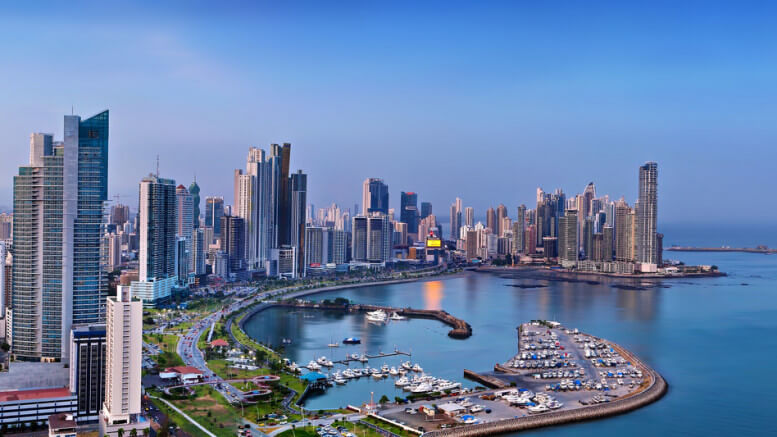
With our access to real-time traveler audiences and unmatched visibility into global travel demand, we’re in a unique position to share the current travel trends at the forefront of marketers’ minds.
NB: This is an article from Sojern
In this blog series, we’ll take a look at the data to aid travel marketers in their assessment of this worldwide event. They can use these trends to inform their marketing strategies during this period, as the industry stabilizes.
These insights are based on data collected through August 15, 2020. We will be reviewing our data on a regular basis to provide a view of trends and patterns in consumer behavior. Sojern’s insights are based on over 350 million traveler profiles and billions of travel intent signals, however it does not capture one hundred percent of the travel market.
A Brief Look at Global Recovery
While Europe is leading the way for lodging searches since the low point (the lowest point in event volume across multiple verticals), we see Central America begin to recover in mid-July as some of the other regions begin to slow down. Central and South America had their lowest points in May, almost a month after North America and around two months after Europe, likely playing a role in the delayed growth in travel searches and bookings. Central and South America are also still struggling with COVID-19 case spikes while some other parts world have gotten the situation under control more swiftly.

Source: Sojern Data, Global Lodging Searches
A Deep Dive Into Central America Restrictions and Insights by Country
Central America consists of seven countries–El Salvador, Costa Rica, Belize, Guatemala, Honduras, Nicaragua, and Panama–each of them having varying guidelines for reopening and travel restrictions. While the US is typically one of the main markets of origin for these countries, Sojern data shows that there has been a reduction in lodging searches from the US to Central America over the course of 2020. This is likely due to travel restrictions still in place as most of these Central American countries are not allowing US citizens to enter yet or US citizens are being banned from traveling to these countries by the US State Department.
Subscribe to our weekly newsletter and stay up to date
For example, on August 11, 2020, the US State Department issued a Level 4 “Do Not Travel” advisory to Belize, one of the last countries in Central America to report a COVID-19 case. Belize has set careful restrictions in place for when travel does begin again, maintaining that visitors must stay in a full service hotel or resort that offers private transportation to and from the airport, though the airport remains closed until further notice. The scheduled August 15 reopening was pushed back due to a spike in cases. However, when travel is permitted again, the Belize Tourism Board’s “Tourism Gold Standard” for hotels’ goal is to keep guests safe and happy.
Costa Rica has taken an interesting state by state approach on relaxing restrictions, declaring that residents of Vermont, New York, New Jersey, New Hampshire, Maine, and Connecticut can officially begin traveling to Costa Rica again on September 1. Panama remained in lockdown for five months, but allowed businesses like churches, hair salons, and retail shops to begin opening last week. However, as of early August, the CDC recommended travelers avoid all nonessential international travel to Panama, deeming the risk in Panama as high.
El Salvador acted quickly–the country was one of the first to shut down in Central America prior to the cases being reported. Despite there being no guarantee that formerly recovered COVID-19 patients carry antibodies that protect against another infection, the government is issuing “immunity passports” to those who have recovered. These passports will allow people who have recovered to work for the government and various other social privileges.
The most recently reported information has Guatemala borders still closed for travel to non-residents, while a mandatory curfew remains in place at night. Nicaragua has taken a more casual approach to the pandemic. The president has allowed most businesses to remain open as usual, public schools are still in session, and festivals and cultural events are a frequent occurrence across the country. While Nicaragua may not be actively enforcing travel restrictions, governments are taking measures into their own hands, for example, the US Department of State has imposed a Level 4 Do Not Travel restriction.
While the situation across Central America remains critical, we see a very slight rebound in lodging searches in July and August. Honduras is seeing an increase in travel intent since the end of July, but shows a decrease again coming into August. Plans were announced Tuesday to reopen the airports to domestic and international flights in mid-August, after a nearly five-month closure due to the pandemic. Honduras was also one of the countries most impacted by COVID-19 in Central America, with the Government of Honduras reporting 52,819 confirmed cases of COVID-19 within its borders and 1,619 COVID-19 related deaths as of August 20, 2020.

Source: Sojern Data, Lodging Searches To Central America
In our data, we see significant domestic travel volume in many of the countries. Regional travel within Central America is growing, specifically in Costa Rica (driven by domestic travel). A common theme we’ve seen in Sojern data since the travel began to rebound is searches for domestic and regional trips are for short trips, while international searches are for longer periods and almost 50% plan to stay more than three days at each location. International lodging searches have remained stable since May, but have not experienced much growth. There may be more opportunity/interest from within domestic and regional markets at this time.





